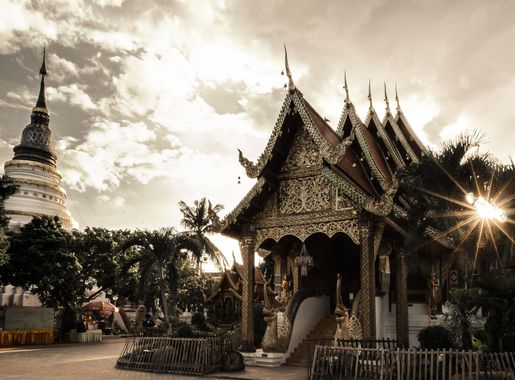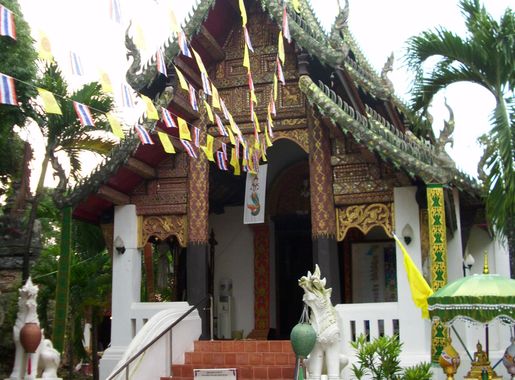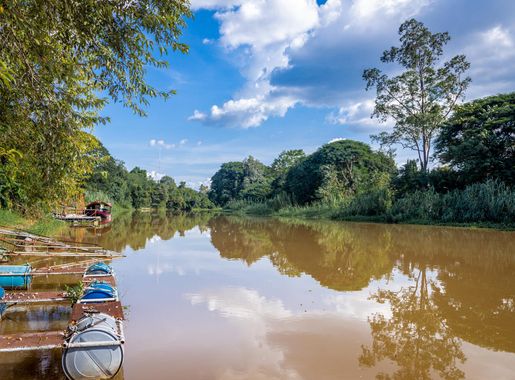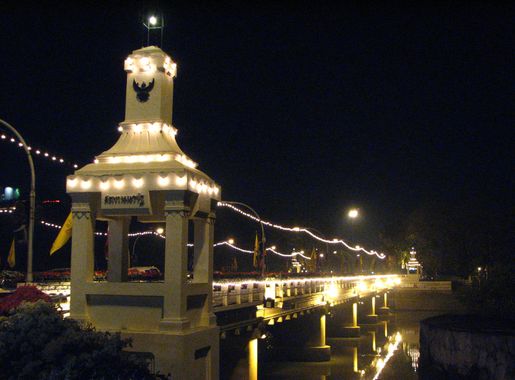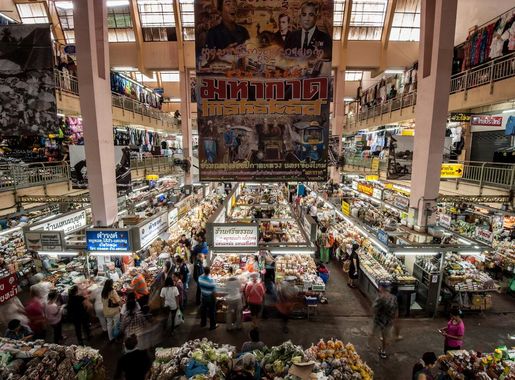
Wat Ket: A Riverside Gem in Chiang Mai
Discover Wat Ket, Chiang Mai's riverside haven where history meets modernity, offering tranquil temples, vibrant markets, and chic cafes for a unique travel experience.
Nestled along the eastern banks of the Ping River, Wat Ket is a charming neighbourhood that seamlessly blends the old with the new. This area is known for its rich cultural heritage, with many historic temples, including the Wat Ket Karam temple, which stands as a testament to the region’s spiritual history. Visitors can explore the temple grounds, admire intricate statues, and immerse themselves in the serene atmosphere that surrounds this sacred site. Wat Ket is also a hub for contemporary life in Chiang Mai. The area boasts a variety of chic cafes, boutique shops, and art galleries that showcase both local and international talents. The riverside setting provides a picturesque backdrop for leisurely strolls, making it a perfect spot for those looking to escape the hustle and bustle of the city center while still enjoying its conveniences. Food enthusiasts will find Wat Ket to be a culinary delight. The neighbourhood is dotted with an array of dining options, ranging from traditional Thai eateries to international cuisine. The area’s night markets are particularly popular, offering a vibrant mix of street food, handicrafts, and live entertainment. Whether you are looking to explore its historic sites or simply relax by the river, Wat Ket offers a unique and enriching experience for every traveler.
Local tips in Wat Ket
- Visit Wat Ket Karam temple early in the morning to avoid crowds and enjoy the peaceful atmosphere.
- Take a riverside walk during sunset for stunning views and photo opportunities.
- Explore the local cafes and art galleries to get a taste of contemporary Chiang Mai culture.
- Don't miss the night markets for an authentic street food experience and unique souvenirs.
- Consider renting a bicycle to explore the neighbourhood at a leisurely pace.
Wat Ket: A Riverside Gem in Chiang Mai
Nestled along the eastern banks of the Ping River, Wat Ket is a charming neighbourhood that seamlessly blends the old with the new. This area is known for its rich cultural heritage, with many historic temples, including the Wat Ket Karam temple, which stands as a testament to the region’s spiritual history. Visitors can explore the temple grounds, admire intricate statues, and immerse themselves in the serene atmosphere that surrounds this sacred site. Wat Ket is also a hub for contemporary life in Chiang Mai. The area boasts a variety of chic cafes, boutique shops, and art galleries that showcase both local and international talents. The riverside setting provides a picturesque backdrop for leisurely strolls, making it a perfect spot for those looking to escape the hustle and bustle of the city center while still enjoying its conveniences. Food enthusiasts will find Wat Ket to be a culinary delight. The neighbourhood is dotted with an array of dining options, ranging from traditional Thai eateries to international cuisine. The area’s night markets are particularly popular, offering a vibrant mix of street food, handicrafts, and live entertainment. Whether you are looking to explore its historic sites or simply relax by the river, Wat Ket offers a unique and enriching experience for every traveler.
Iconic landmarks you can’t miss
Tha Phae Gate
Explore Tha Phae Gate, a historic landmark in Chiang Mai, blending ancient architecture with vibrant local culture and unforgettable experiences.

Wat Chedi Luang
Experience the majestic beauty and spiritual tranquility of Wat Chedi Luang, a historic Buddhist temple in the heart of Chiang Mai, Thailand.
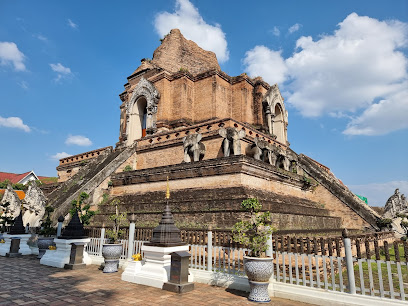
Three Kings Monument
Explore the Three Kings Monument in Chiang Mai, a stunning tribute to the founders of the Lanna Kingdom, surrounded by lush gardens and vibrant local culture.

Wiang Kum Kam
Discover the ancient ruins of Wiang Kum Kam, a historical landmark in Chiang Mai that offers a unique glimpse into Thailand's rich cultural heritage.
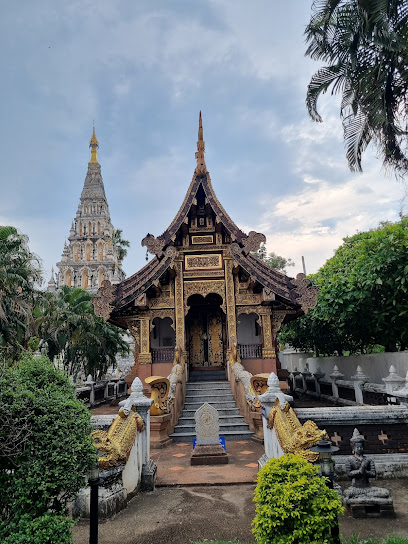
Wat Ket Karam
Discover the serene beauty of Wat Ket Karam, a stunning Buddhist temple in Chiang Mai, perfect for cultural exploration and peaceful reflection.
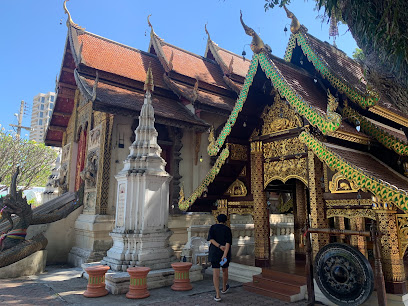
Khua Lek (Iron Bridge)
Discover the beauty of Khua Lek, the Iron Bridge in Chiang Mai - a stunning landmark connecting culture and scenic views.

King Kawila Monument
Explore the King Kawila Monument in Chiang Mai, a cultural landmark that celebrates the rich history and heritage of the region, surrounded by beautiful gardens.
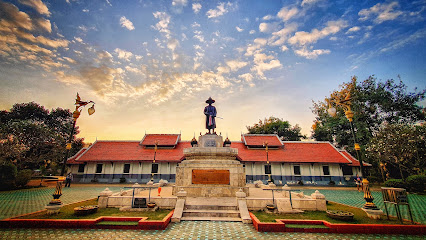
Wat Ku Kham
Discover the serene beauty and cultural richness of Wat Ku Kham, a must-visit Buddhist temple in Chiang Mai, Thailand.
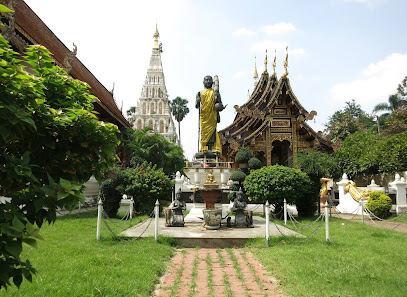
Elephant Parade House
Explore the Elephant Parade House in Chiang Mai: A vibrant hub of art, culture, and elephant conservation, perfect for every tourist.
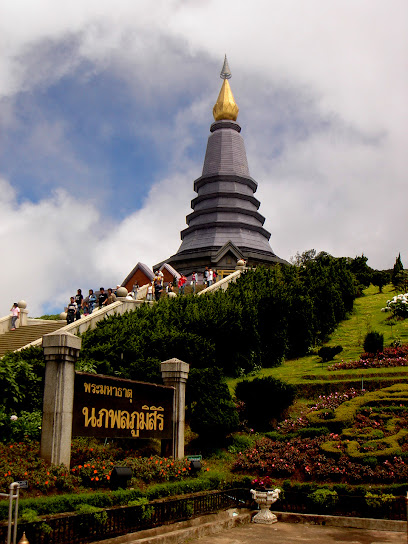
Boon Mae Kha Bridge 1
Explore the historical beauty of Boon Mae Kha Bridge in Chiang Mai, where culture and nature intertwine for an unforgettable experience.

Unmissable attractions to see
Khlong Mae Kha
Discover the tranquil beauty of Khlong Mae Kha, a picturesque waterway in Chiang Mai that embodies the essence of Thai culture and nature.
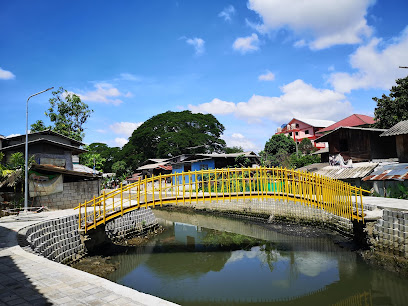
King Kawila Monument
Explore the King Kawila Monument in Chiang Mai, a serene tribute to the city's rich history and cultural heritage amidst beautiful gardens.
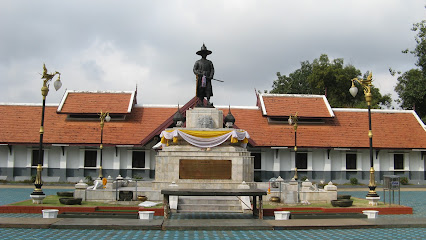
The Castle - Ghost House
Experience the thrill of ghost stories and the delight of cocktails at The Castle - Ghost House in Chiang Mai, a unique fusion of spookiness and nightlife.
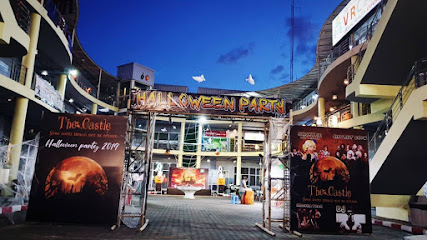
Wat Ku Kham
Discover the tranquil beauty and rich cultural heritage of Wat Ku Kham, a must-visit Buddhist temple in the heart of Chiang Mai, Thailand.

Elephant Parade House
Explore the Elephant Parade House in Chiang Mai, a vibrant blend of art and wildlife conservation dedicated to protecting elephants worldwide. Discover, learn, and create!
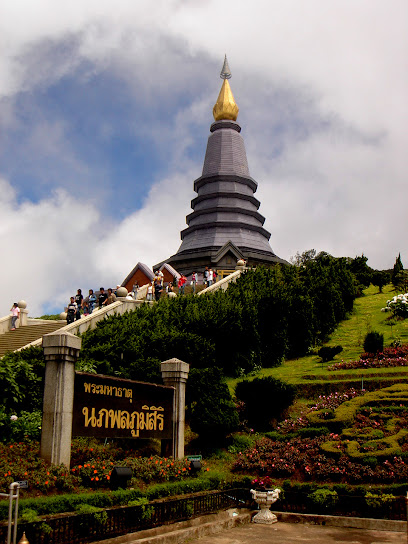
Spirit House Graveyard
Discover the tranquil beauty and cultural significance of the Spirit House Graveyard in Chiang Mai, a must-visit destination for spiritual reflection.

Essential places to dine
The Good View Bar & Restaurant Chiang Mai
Discover the vibrant flavors of Thailand at The Good View Bar & Restaurant - where delicious food meets stunning riverside views.
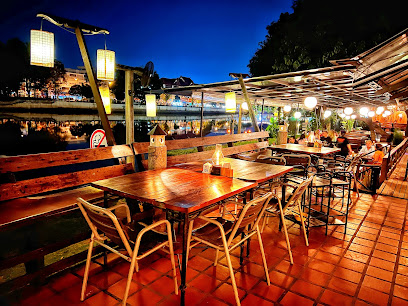
The Riverside Bar & Restaurant
Discover exquisite dining at The Riverside Bar & Restaurant in Chiang Mai - where local flavors meet breathtaking riverside views.
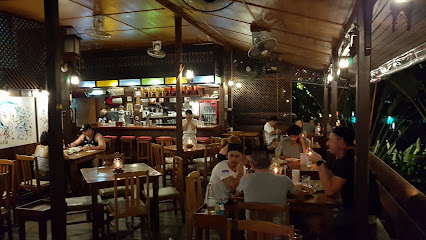
THE HOUSE by Ginger
Experience authentic Thai cuisine at THE HOUSE by Ginger in Chiang Mai - where tradition meets modern culinary artistry.
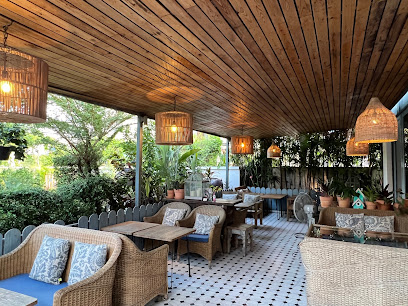
B Samcook Home16
Experience the best of Asian Fusion cuisine at B Samcook Home in Chiang Mai—where tradition meets innovation in every dish.
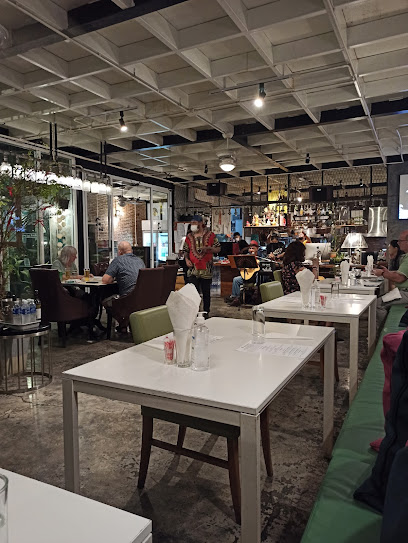
Sai Ping Bar & Restaurant
Experience authentic Thai cuisine at Sai Ping Bar & Restaurant in Chiang Mai's vibrant Wat Ket district—where every meal tells a story.
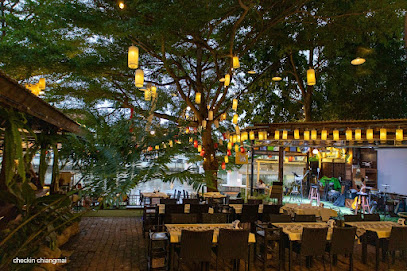
The Service at 1921 House
Experience exquisite steaks and a unique MI6-themed ambiance at The Service at 1921 House in Chiang Mai.
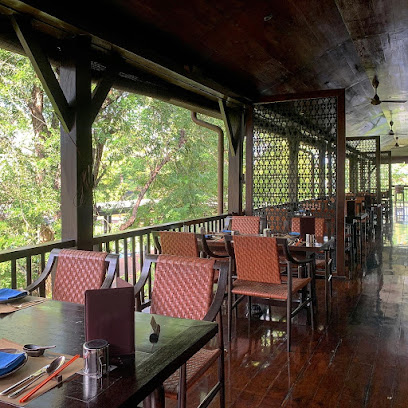
Jacky Show Restaurant
Indulge in authentic French flavors at Jacky Show Restaurant in Chiang Mai - a culinary gem that offers an unforgettable dining experience.

Another World
Experience culinary bliss at Another World in Chiang Mai - where exquisite Thai flavors meet vibrant nightlife.
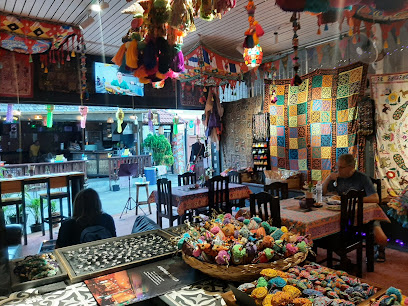
Oxygen Dining Room
Experience fine dining like never before at Oxygen Dining Room in Chiang Mai—where exquisite flavors meet stunning riverside views.
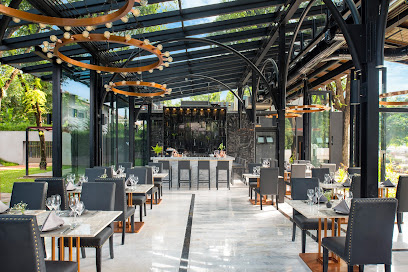
Madame Koh Fun Dining
Discover a vibrant culinary experience at Madame Koh Fun Dining in Chiang Mai, where Asian flavors meet modern elegance.
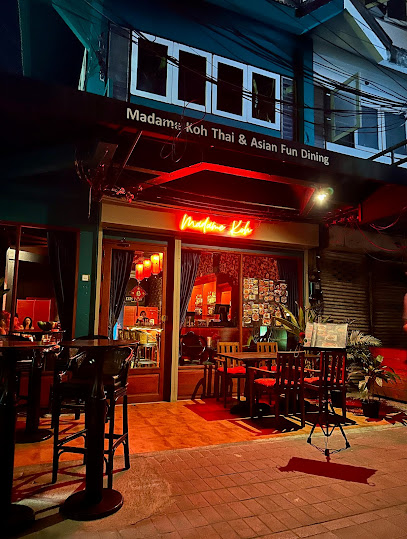
Markets, malls and hidden boutiques
MAYA Lifestyle Shopping Center Chiangmai
Experience the vibrant blend of shopping, dining, and entertainment at MAYA Lifestyle Shopping Center in Chiang Mai.
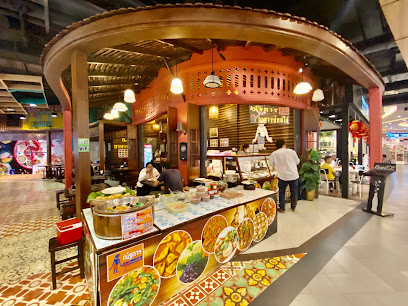
Tha Phae Walking Street
Discover the vibrant culture and flavors of Chiang Mai at Tha Phae Walking Street, a must-visit night market brimming with local crafts and delicious street food.
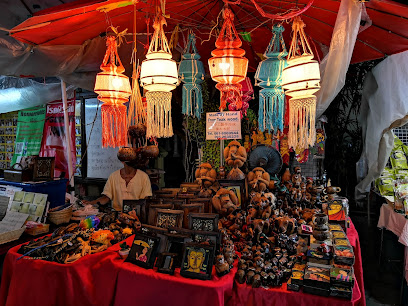
Warorot Market (Kad Luang)
Discover local flavors and vibrant culture at Warorot Market, a must-visit destination in Chiang Mai for a true taste of Thailand.
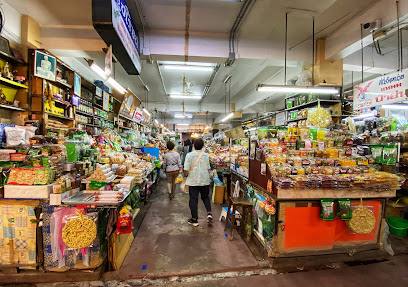
Rimping Supermarket Nawarat Branch
Experience the heart of Chiang Mai at Rimping Supermarket, where local flavors and international selections meet in a vibrant shopping atmosphere.

Ploen Ruedee Night Market
Discover the vibrant flavors and local crafts at Ploen Ruedee Night Market, a must-visit destination for food lovers and culture seekers in Chiang Mai.
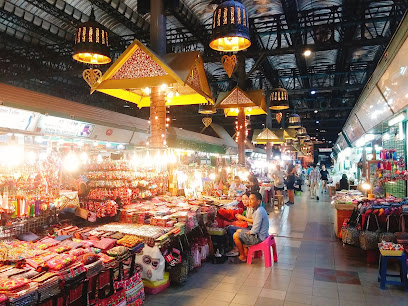
Chiang Mai Direct - Airport Branch
Explore local flavors and unique shopping experiences at Chiang Mai Direct - Airport Branch, your gateway to authentic Thai products.
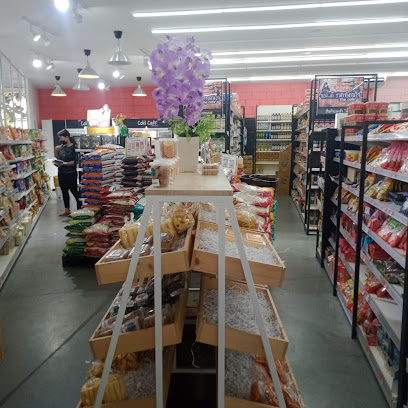
Kad Klang Wiang | กาดกลางเวียง ถนนคนเดิน
Experience the lively atmosphere of Kad Klang Wiang, Chiang Mai's bustling market for unique crafts, street food, and local culture.
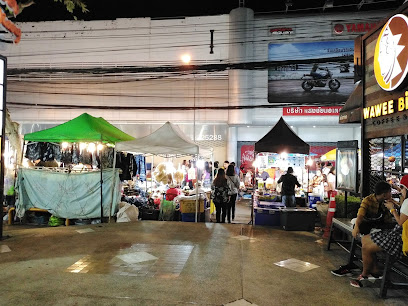
De Quarr Crafting Communities
Explore the vibrant world of Thai craftsmanship at De Quarr Crafting Communities, where every handcrafted item tells a unique story.
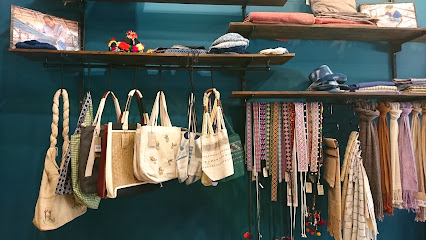
Golden Land Solidarity Collective
Explore the Golden Land Solidarity Collective in Chiang Mai for unique, handmade gifts that celebrate local craftsmanship and support the community.
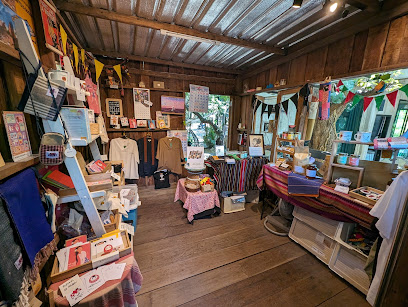
Vanilla Paradise Shop
Discover the aromatic delights of Vanilla Paradise Shop in Chiang Mai, where vanilla-infused treasures await every visitor.
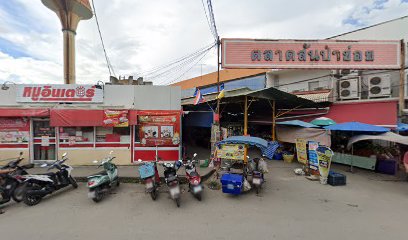
Essential bars & hidden hideouts
Boy Blues Bar
Dive into the vibrant music scene at Boy Blues Bar in Chiang Mai, where live blues and a lively atmosphere await every night.
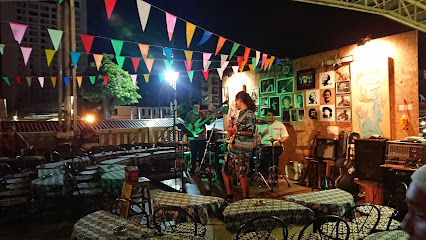
Namton's House Bar
Discover the lively ambiance and extensive drink selection at Namton's House Bar, a premier destination for nightlife in Chiang Mai.
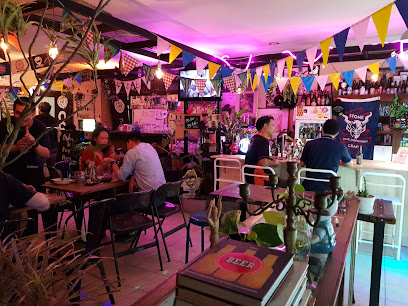
Crazy German Bar
Discover the vibrant nightlife of Crazy German Bar in Chiang Mai, where authentic German beers meet delicious cuisine in a lively atmosphere.
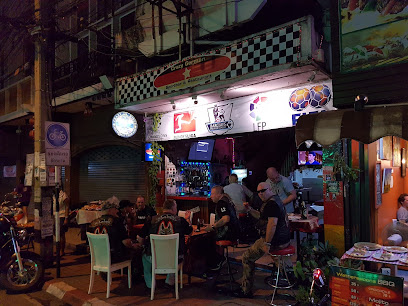
MAI The Sky Bar
Experience stunning views and exquisite cocktails at MAI The Sky Bar, the perfect rooftop destination in Chiang Mai for an unforgettable night out.
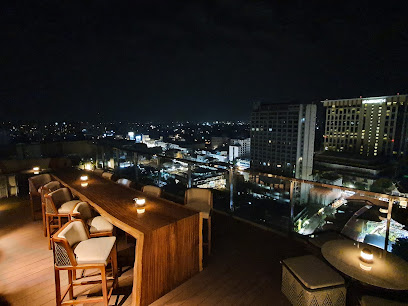
Maxim Bar
Experience the vibrant nightlife of Chiang Mai at Maxim Bar, where great cocktails and a lively atmosphere await you.
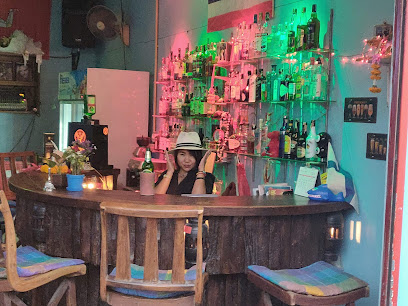
HighEnd bar&Restaurant 44 cnx
Discover the perfect blend of luxury and local charm at HighEnd Bar & Restaurant 44 CNX in Chiang Mai, featuring exquisite cocktails and delectable cuisine.
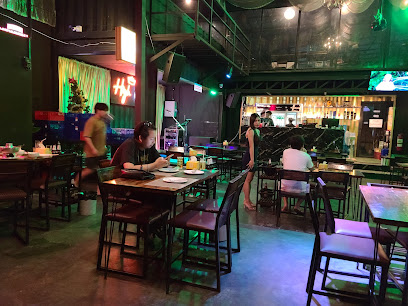
Cool Bar Bar& Beverage@Kalare NightBazaar
Experience the vibrant nightlife at Cool Bar Bar & Beverage in Chiang Mai - the ultimate spot for cocktails and good company.
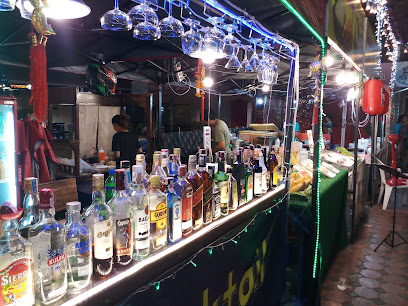
Baan Luck Wine Chiang Mai wine shop by BLW
Experience the perfect blend of local culture and exquisite wines at Baan Luck Wine in Chiang Mai, a must-visit for all wine lovers.

The best bar
Discover the vibrant atmosphere and authentic Thai cuisine at The Best Bar in Chiang Mai, the perfect spot for relaxation and enjoyment.

Galaxy Bar Chiang Mai
Discover the vibrant nightlife at Galaxy Bar Chiang Mai, where creative cocktails and a cozy atmosphere await you.
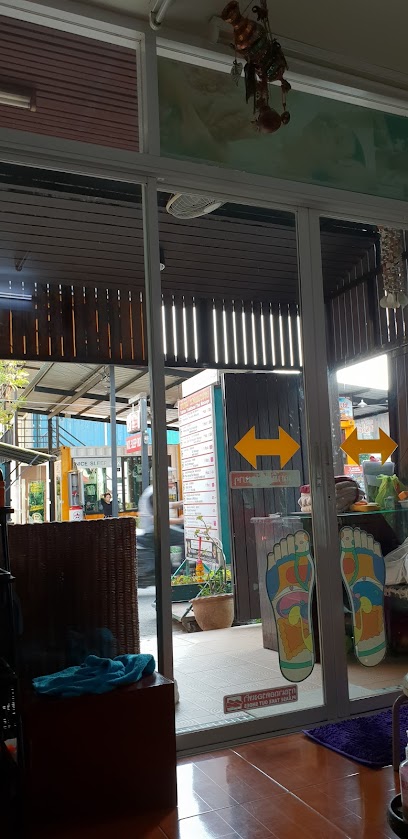
Local Phrases
-
- Helloสวัสดี
[sawasdee] - Goodbyeลาก่อน
[laa kon] - Yesใช่
[chai] - Noไม่
[mai] - Please/You're welcomeโปรด/ยินดี
[proht/yin dee] - Thank youขอบคุณ
[kop khun] - Excuse me/Sorryขอโทษ
[kor toht] - How are you?สบายดีไหม
[sabai dee mai] - Fine. And you?สบายดีค่ะ คุณล่ะ
[sabai dee ka khun la] - Do you speak English?พูดภาษาอังกฤษได้ไหม
[poot paa saa ang grit dai mai] - I don't understandฉันไม่เข้าใจ
[chan mai kao jai]
- Helloสวัสดี
-
- I'd like to see the menu, pleaseขอดูเมนูหน่อย
[kor doo menu noi] - I don't eat meatฉันไม่กินเนื้อ
[chan mai gin neuua] - Cheers!ชนแก้ว
[chon gaeo] - I would like to pay, pleaseขอจ่ายเงินหน่อย
[kor jai ngern noi]
- I'd like to see the menu, pleaseขอดูเมนูหน่อย
-
- Help!ช่วยด้วย
[chuai duay] - Go away!ไปห่างๆ
[bpai hang hang] - Call the Police!โทรตำรวจ
[tor tamruat] - Call a doctor!โทรหมอ
[tor mor] - I'm lostฉันหลงทาง
[chan long tang] - I'm illฉันไม่สบาย
[chan mai sabai]
- Help!ช่วยด้วย
-
- I'd like to buy...ขอซื้อ...
[kor seuu...] - I'm just lookingฉันแค่ดู
[chan kae doo] - How much is it?ราคาเท่าไหร่
[ra kaa thao rai] - That's too expensiveแพงเกินไป
[paeng geen bai] - Can you lower the price?ลดราคาได้ไหม
[lot ra kaa dai mai]
- I'd like to buy...ขอซื้อ...
-
- What time is it?ตอนนี้เวลาเท่าไหร่
[dton nee welaa thao rai] - It's one o'clockขึ้นหนึ่ง
[keun neung] - Half past (10)สามสิบครึ่ง
[saam sip khreung] - Morningเช้า
[chao] - Afternoonบ่าย
[bai] - Eveningเย็น
[yen] - Yesterdayเมื่อวาน
[meua waan] - Todayวันนี้
[wan nee] - Tomorrowพรุ่งนี้
[proong nee] - 1หนึ่ง
[neung] - 2สอง
[song] - 3สาม
[saam] - 4สี่
[see] - 5ห้า
[ha] - 6หก
[hok] - 7เจ็ด
[jet] - 8แปด
[bped] - 9เก้า
[gao] - 10สิบ
[sip]
- What time is it?ตอนนี้เวลาเท่าไหร่
-
- Where's a/the...?...อยู่ที่ไหน
[...yoo tee nai] - What's the address?ที่อยู่อยู่ที่ไหน
[tee yoo yoo tee nai] - Can you show me (on the map)?ช่วยแสดงให้ด้วยได้ไหม
[chuai sa daeng hai duay dai mai] - When's the next (bus)?รถเมล์ถัดไปเวลาเท่าไหร่
[rot mel taa bpai welaa thao rai] - A ticket (to ....)บัตรโดยสาร (ไป...)
[bat doy saan (bpai...)]
- Where's a/the...?...อยู่ที่ไหน
History of Wat Ket
-
Wat Ket, located along the Ping River, was established in the late 14th century during the reign of King Mengrai, the founder of Chiang Mai. This area was part of the original settlement plan for the city, designed to be a bustling hub for trade and commerce, given its strategic location. The temple, Wat Ket Karam, was built to serve as a center for both spiritual and community life, reflecting the early integration of Buddhism into daily living.
-
Throughout the centuries, Wat Ket became a focal point for trade, particularly during the Lanna Kingdom’s peak. The neighborhood's proximity to the river facilitated trade routes connecting Chiang Mai with neighboring regions. This interaction with diverse cultures brought various influences into the local architecture, cuisine, and customs, making Wat Ket a melting pot of Lanna and Burmese styles, as seen in the unique designs of the temples and homes.
-
In the late 19th and early 20th centuries, as Western powers began to exert influence in Southeast Asia, Wat Ket witnessed significant changes. The influx of Christian missionaries and colonial administrators introduced new cultural dynamics, leading to the establishment of schools and hospitals. This period marked the beginning of a more cosmopolitan identity for Wat Ket, as it adapted to modern influences while still maintaining its cultural roots.
-
In the late 20th century, Wat Ket evolved into a center for art and craftsmanship. The area became known for its traditional artisans who specialized in wood carving, silverware, and textiles. This revival of local craftsmanship not only preserved traditional Lanna culture but also attracted tourists interested in authentic Thai arts. The annual events held at Wat Ket celebrate these crafts, reinforcing the neighborhood's reputation as a cultural hub.
-
In recent years, Wat Ket has experienced revitalization efforts aimed at preserving its historical and cultural heritage. Local initiatives focus on maintaining the integrity of the temples and promoting sustainable tourism. The neighborhood has become a vibrant area for cultural festivals, art exhibitions, and community gatherings, showcasing the rich tapestry of life that defines Wat Ket today while honoring its storied past.
Wat Ket Essentials
-
Wat Ket is easily accessible from other neighbourhoods in Chiang Mai. From the Old City, you can take a red songthaew (shared taxi) for around 20-30 THB, which will drop you off near the entrance of Wat Ket. Alternatively, you can use a tuk-tuk or grab a taxi for a more direct route. If you are coming from the Chiang Mai International Airport, a taxi ride will take approximately 15-20 minutes, depending on traffic.
-
Wat Ket is a walkable neighbourhood, and many of its attractions can be explored on foot. For those seeking to cover more ground, renting a bicycle is a popular option, with several rental shops available. Local songthaews and tuk-tuks can also be used for longer distances or to reach nearby areas. Public buses operate within the city but may not be the most convenient option for tourists.
-
Wat Ket is generally safe for tourists, but standard precautions should be taken. Avoid poorly lit areas at night and keep your belongings secure. While violent crime is rare, petty theft can occur, especially in crowded areas or markets. Areas around the Night Bazaar should be approached with caution after dark, as they can attract opportunistic criminals.
-
In the case of an emergency, dial 191 for police assistance or 1669 for medical emergencies. Local hospitals and clinics are available, and it’s advisable to have travel insurance that covers emergencies. For minor health issues, pharmacies can be found throughout Wat Ket, offering over-the-counter medications.
-
Fashion: Do dress modestly, especially when visiting temples; avoid revealing clothing. Religion: Do be respectful of local customs at religious sites; always remove shoes before entering temples. Public Transport: Do offer your seat to elderly passengers; don't eat or drink on public transport. Greetings: Do greet locals with a slight bow or a 'Sawasdee' (hello); don't engage in overly casual physical contact. Eating & Drinking: Do try local street food and accept invitations to share meals; don't waste food or be picky about dishes offered.
-
To experience Wat Ket like a local, visit the bustling Sunday Walking Street Market for local crafts and food. Engage with the friendly vendors and try traditional dishes like Khao Soi. Explore the quiet backstreets to find hidden temples and local art galleries. Consider taking a cooking class to learn about Northern Thai cuisine. Lastly, don't miss the chance to take a longtail boat ride along the Ping River for a unique perspective of the area.
Nearby Cities to Wat Ket
-
Things To Do in Pai
-
Things To Do in Mae Hong Son
-
Things To Do in Chiang Rai
-
Things To Do in Nan
-
Things To Do in Sukhothai
-
Things To Do in Kyaiktiyo
-
Things To Do in Hpa-An
-
Things To Do in Inle Lake
-
Things To Do in Loei
-
Things To Do in Naypyidaw
-
Things To Do in Kalaw
-
Things To Do in Muang Sing
-
Things To Do in Luang Prabang
-
Things To Do in Vang Vieng
-
Things To Do in Yangon

